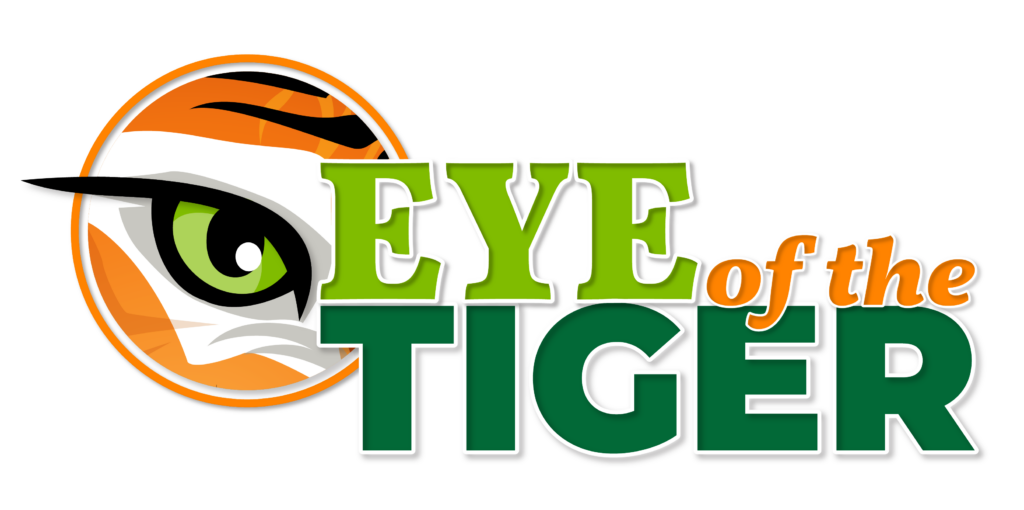She lives alone. Her torso dangles out of her window over her fire escape, taking long drawls of her cigarette. Her apartment is small, but the minimalism is encompassed with dying flowers and classic novels. Lana del Rey spins on vinyl as she runs her hands over the neatly spaced lines of poetry inked on her wrists. She is beautiful, this sad girl, perhaps even more so when she has tears running down her pink cheeks. She is perfectly proportioned; she is skinny and tall, pale as moonlight. She is rich without flaunting it, and melancholy despite it.
The sad girl is relatable, yet unattainable. The sad girl is pitiful, yet aspirational. The sad girl exists for the consumption of others.
For centuries, women have existed in media as props for storytelling. Symbolism revolves around the perception of women; the death of Juliet, the beauty of Ophelia. The beauty of the objectification of a woman, especially a sad one, is not a new concept, however, I understand this term in a modern context. The sad girl is someone I construe with the ever-present “it girl” of today’s media. She is undeniably beautiful and rich, yet shares her struggles with mental health through carefully curated lines of poetry superimposed over images of wilting flowers and their favorite indie-pop artists. The creation of a community centered on sharing feelings of sadness, depression, anxiety, and the like can create safe spaces for those who feel like they otherwise have no one to talk to. Despite this, however, the community breeds more than just safe spaces for vulnerability. Sadness is not an exclusive emotion, of course. Anyone can feel pain; likewise, anyone can romanticize it as well.
The rise of the aestheticization of the “sad girl” is not a new concept either. On social media spaces like Tumblr, blogs since the late 2000s have explored mental health and the allure of sadness through text posts of lyrics and collages of imagery associated with it; picture cigarettes, beautiful hands with red knuckles, dying flowers, pill bottles, and pictures of pretty girls crying. The sad girl, despite being eternal, is not exempt from evolution. Recently, her picture has morphed into something even more romanticized. The major themes have remained — indie singers still weave beautiful lines of poetry, flowers still wilt, women still cry — but key factors have changed. The sad girl is now not the everyday teen. The aesthetic surrounding it is not easily defined, but it is easily identifiable. Accounts with Lily-Rose Depp profile pictures post outfit inspiration from heroin-chic models. They like posts sharing their favorite classical piece of literature annotated with red pen and lipstick prints in the margins. They dream of living in an apartment in Paris, frequenting bakeries, and chain-smoking.
And yet, to be this “sad girl”, you need things beyond your emotions. The curated look associated with the aesthetic of sadness is not one easily achievable without purchasing certain items for your closet. Brandy Melville is a must-have for your daily wear. Chanel is a need for your makeup; the aestheticization of sadness as it is presented now has led to its commercialization.
By making sadness a branded identity one can try with a new aesthetic, wardrobe, and music artists, there are some proponents of this new wave of the “sad girl” that cause undeniable harm to the very community they come from and beyond.
With these aesthetics come the implications that mental illnesses are inherently tragic, beautiful, or less serious than they can be. Take depression, for example. As it has been sensationalized, depressed has come to mean “very sad”. Combining this with a certain look as to how depression should be presented in day-to-day life (cold, yet put together, beautiful, yet grungy) creates not only a binary ideal of depression, but effectively waters down symptoms of depression. Glorifying such mental illness as beautiful appears often as well. Though I wholeheartedly agree with the attempts to destigmatize mental illness, making depression seem like an inherently beautiful or pleasing experience does nothing but romanticize an illness so many people have, create unattainable stereotypes for it, and discourage people from seeking help.
Another mental illness often brought forward in this commercialization and aestheticization of sadness is that of an eating disorder. To preface, being skinny does not automatically correlate with having an eating disorder. However, many of the habits promoted by the aesthetic are harmful to the body image of those consuming it and can be tied to eating disorders. A common example is the idea of skipping meals and having a cigarette; cigarettes are commonly associated with this aesthetic, the idea being seen as “romantic” or “cool”. Furthermore, many of these communities, especially on sites like Tumblr and Twitter, have direct ties to “pro-ana” (in support of anorexia) communities that use the “beautiful, skinny, sad girls” as aspirations to work towards.
Beyond mental illness, the aesthetic in general promotes unhealthy lifestyles. By equating or correlating sadness with beauty, people may feel a draw to continually overwhelm themselves with feelings of sadness. Such stagnation of a lack of change in emotions is unhealthy.
Perhaps the biggest fault of the rise of the sad girl aesthetic is the target audience for all of these things; vulnerable teenage girls. Adolescence is a time characterized by awkwardness and longing for a sense of community. Young girls, especially those struggling with body image and mental illness, are more likely to fall prey to these pitfalls because of the want to be a part of something so desirable. Creating a community that centers common experiences with adolescent emotions and openly discusses mental health — in contrast to other communities that may not — in a seemingly more mature and graceful way gives insecure and uncertain people a goal post to work towards. It instills an idea of what their mental illness should look like or how their sadness should be perceived. The age-old feeling of wanting to turn your pain into something beautiful creates a space online where young girls feel a need to put themselves in a box of this stylized sadness in order to be preferably perceived and easily consumed, both online and in real life.
Not only is the aestheticization and subsequent commercialization of sadness dangerous, but it is also overwhelmingly white. The “it girls” are all white, the indie artists are all white: by promoting a lack of diversity it sets the stage for the idea that beauty and sadness are limited to white people. Even though being inside a community glorifying these things is dangerous, it is still harmful to see the promotion of a uniform and white version of mental illness and beauty.
The sad girl is meant to be marketable. Her pain must be beautiful; it has to be productive, turned into something appealing. The sad girl must be a monolith. She must encompass all, and exclude all. The sad girl lives for others to see her. The sad girl breathes for others to praise her. For to not be seen, to not have her sadness heard, would merely be to exist; it would be to live and die alone, her emotions for none but herself, and that is not beauty for the public eye.


